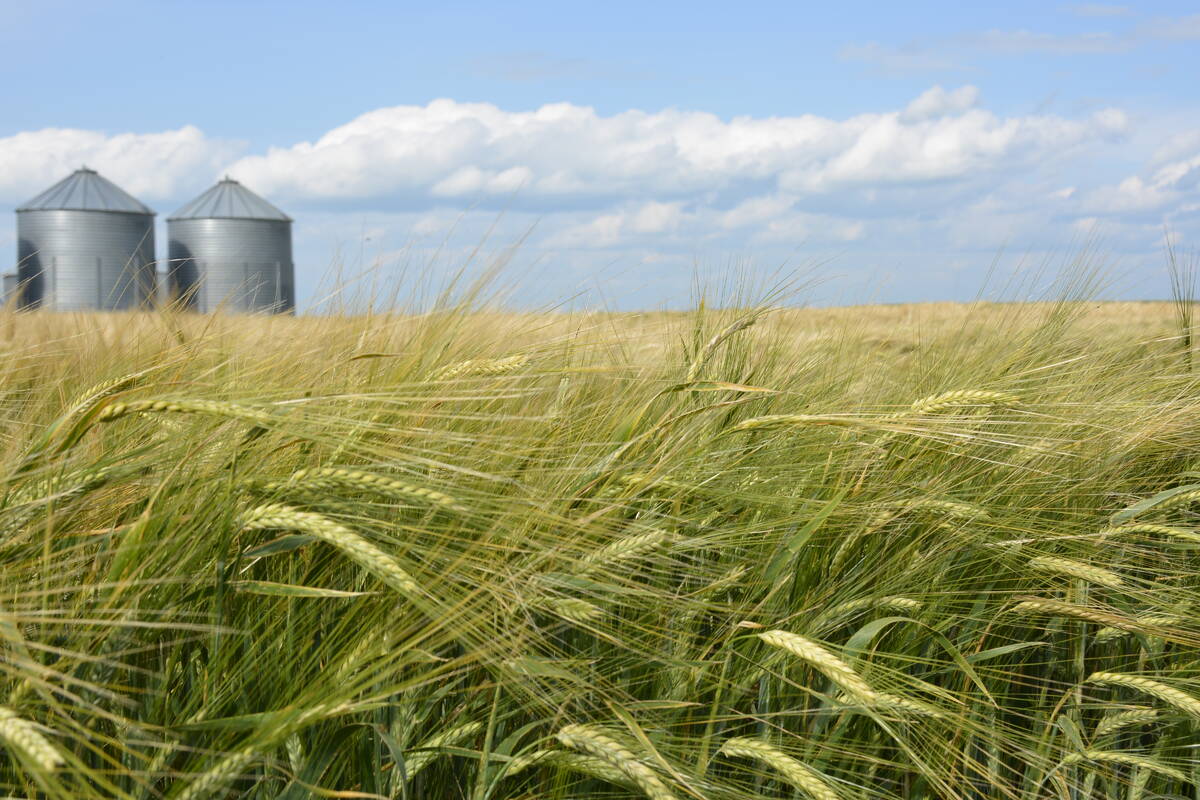Saskatchewan is trying to build a health advantage into its hogs.
Last week the Saskatchewan government gave $250,000 to the Western College of Veterinary Medicine for more and better diagnostic services.
That will boost its budget from $450,000 to $700,000 this year.
With the money, the college will hire a couple more veterinarians and technicians who will specialize in diagnosing livestock diseases.
College dean Alex Livingston said early diagnosis is important.
Diseases in animals or meat can be caught at many places in the production chain, from the kill plant to the import authorities to the retail store, but it’s best to discover, control and eliminate disease before it leaves the farm.
Read Also

StatCan stands by its model-based crop forecast
Statistics Canada’s model-based production estimates are under scrutiny, but agency says it is confident in the results.
That’s because on-farm control prevents spreading of the disease, plus it prevents foreign countries from closing their doors to Saskatchewan pork.
Disease is major problem
“The biggest non-tariff trade barrier (to meat exports) is disease,” Livingston said. “That can shut down exports overnight.”
Livingston pointed to problems plaguing top pig-producing countries.
Hundreds of Dutch pig farms have been infected with classical swine fever. Taiwan’s hog herd has been quarantined because of hoof-and-mouth disease.
Agriculture minister Eric Upshall said boosting the college’s abilities to spot disease quickly is important if Saskatchewan wants to successfully build its hog industry.
“We want to make sure quality is maintained,” he said.
“We need to be able to identify diseases quickly and prevent outbreaks in our province.”
Livingston said Saskatchewan has a better chance at warding off diseases than either Holland or Taiwan because barns are further apart here. But he said large hog units always bring the risk of disease.

















